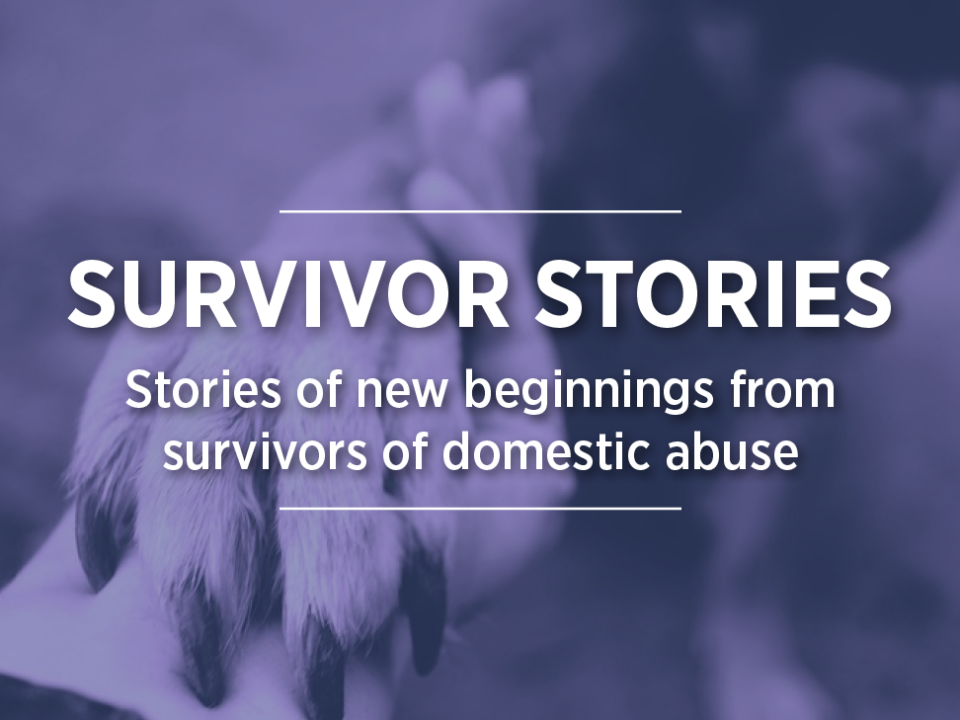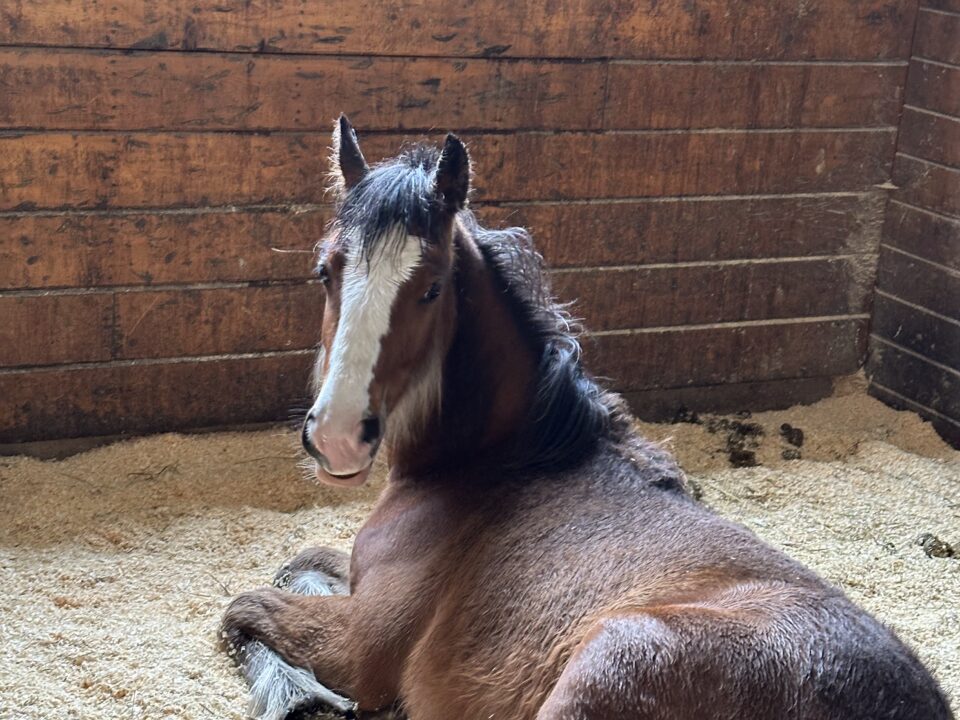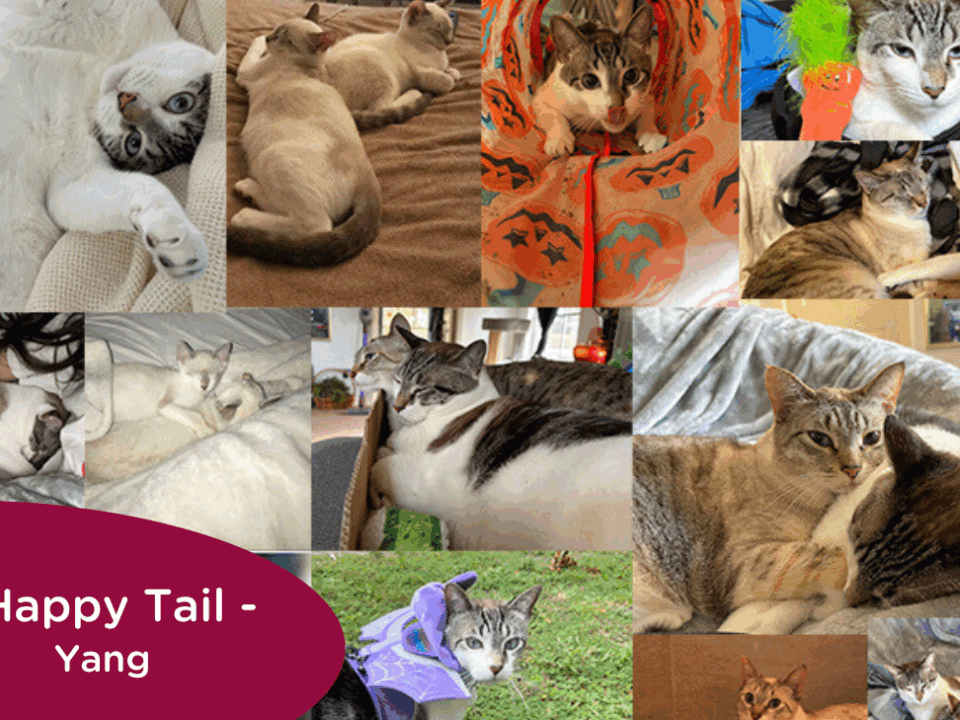Miss Priscilla’s Happy Tail
June 10th, 2022
By Savannah Verdon, Development and Engagement Coordinator
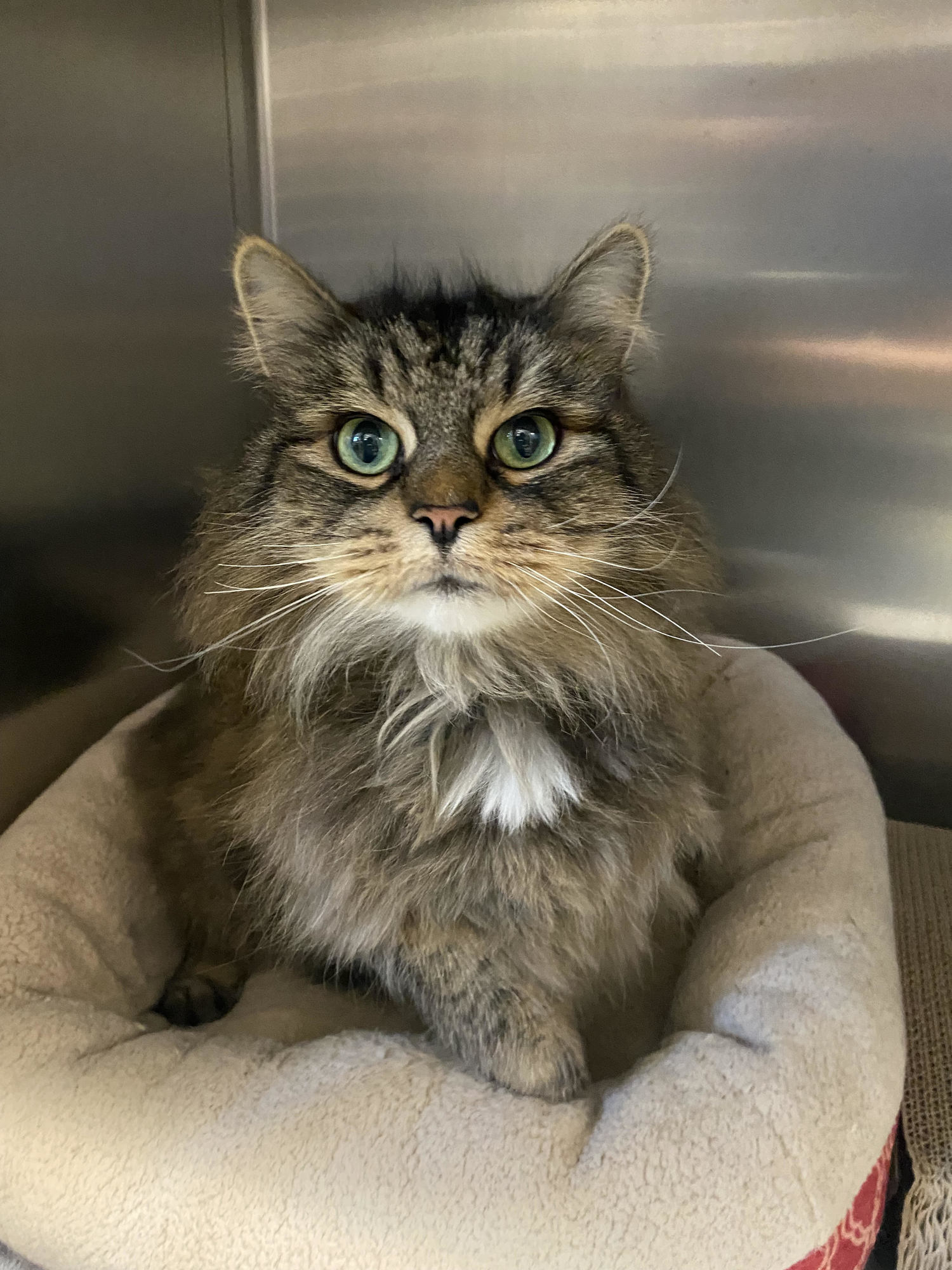 Priscilla, a regal Siberian cat, was nearly 10 years old when Kendra adopted her. The stunning feline had many physical qualities to admire – chief among them the big, green eyes that seem positively otherworldly – but more importantly, she was spunky, curious, and playful despite her age, and brought Kendra endless joy every day.
Priscilla, a regal Siberian cat, was nearly 10 years old when Kendra adopted her. The stunning feline had many physical qualities to admire – chief among them the big, green eyes that seem positively otherworldly – but more importantly, she was spunky, curious, and playful despite her age, and brought Kendra endless joy every day.
Kendra came to think of Priscilla as her “heart and soul,” and so, when Priscilla began to seem unwell, Kendra struggled to keep her worries at bay. Priscilla’s appetite was insatiable, and yet she was losing more and more weight with each passing week. She went back and forth between her water bowl and litter box, her thirst never seeming to dissipate and her bladder seemingly never empty. It was clear Priscilla was ill, but Kendra didn’t know what was plaguing her. It could have been her kidneys, or perhaps her bladder, but Kendra feared the worst.
A veterinarian soon diagnosed Priscilla with hyperthyroidism. Her thyroid gland was enlarged and producing an excess amount of T4 thyroid hormone, affecting nearly every organ in her body. If left untreated, Priscilla could suffer from heart disease and high blood pressure that would further complicate the effects of increased T4 on her organs. Though the worst-case scenario frightened her, Kendra was relieved to know that Priscilla would have a good prognosis with the appropriate treatment, and that there were multiple treatments available.
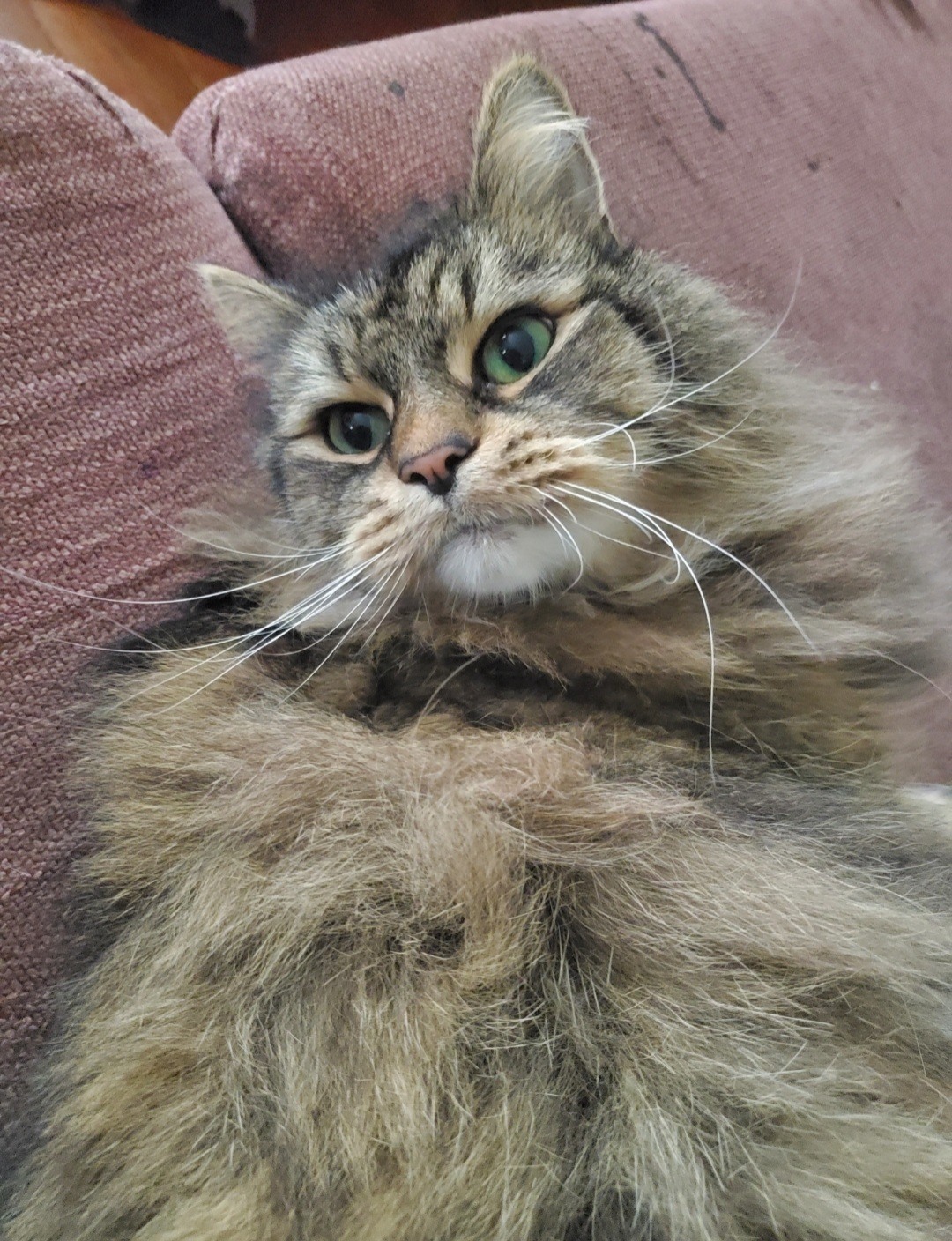 Radioactive iodine therapy would cure Priscilla of her hyperthyroidism over three months – but it was prohibitively expensive for Kendra’s budget. Instead, she opted to treat Priscilla with anti-thyroid medication and veterinary prescription food. This was far more attainable for Kendra’s budget as an underemployed reporter for her local newspaper, but it was not without its drawbacks. Priscilla would need the medication twice a day for the rest of her life, and because of the potential side effects, she would need to have her blood work done by the veterinarian at regular intervals. It was an imperfect solution, but it was what Kendra could do at the time to make sure her girl would pull through.
Radioactive iodine therapy would cure Priscilla of her hyperthyroidism over three months – but it was prohibitively expensive for Kendra’s budget. Instead, she opted to treat Priscilla with anti-thyroid medication and veterinary prescription food. This was far more attainable for Kendra’s budget as an underemployed reporter for her local newspaper, but it was not without its drawbacks. Priscilla would need the medication twice a day for the rest of her life, and because of the potential side effects, she would need to have her blood work done by the veterinarian at regular intervals. It was an imperfect solution, but it was what Kendra could do at the time to make sure her girl would pull through.
After more than a year on her medication and prescription food, Priscilla’s T4 levels were once again on the rise. At 12 years old, on her current path, she could quickly lose a fatal amount of weight. Kendra felt that, despite the high cost, radioactive iodine therapy was her only option to give Priscilla many more years to be her spunky, curious, and playful self .
Radioactive iodine therapy would include several days of observation at a specially-licensed veterinary hospital. Though she was denied a line of credit to cover the costs of this treatment, Kendra worked hard to secure grants from several animal welfare organizations. RedRover understands that pets like Priscilla are family, and we were quick to approve Kendra’s application for a RedRover Relief Urgent Care grant. Kendra soon had an appointment scheduled for Priscilla’s hospital stay and enough money to cover the cost of her treatment.
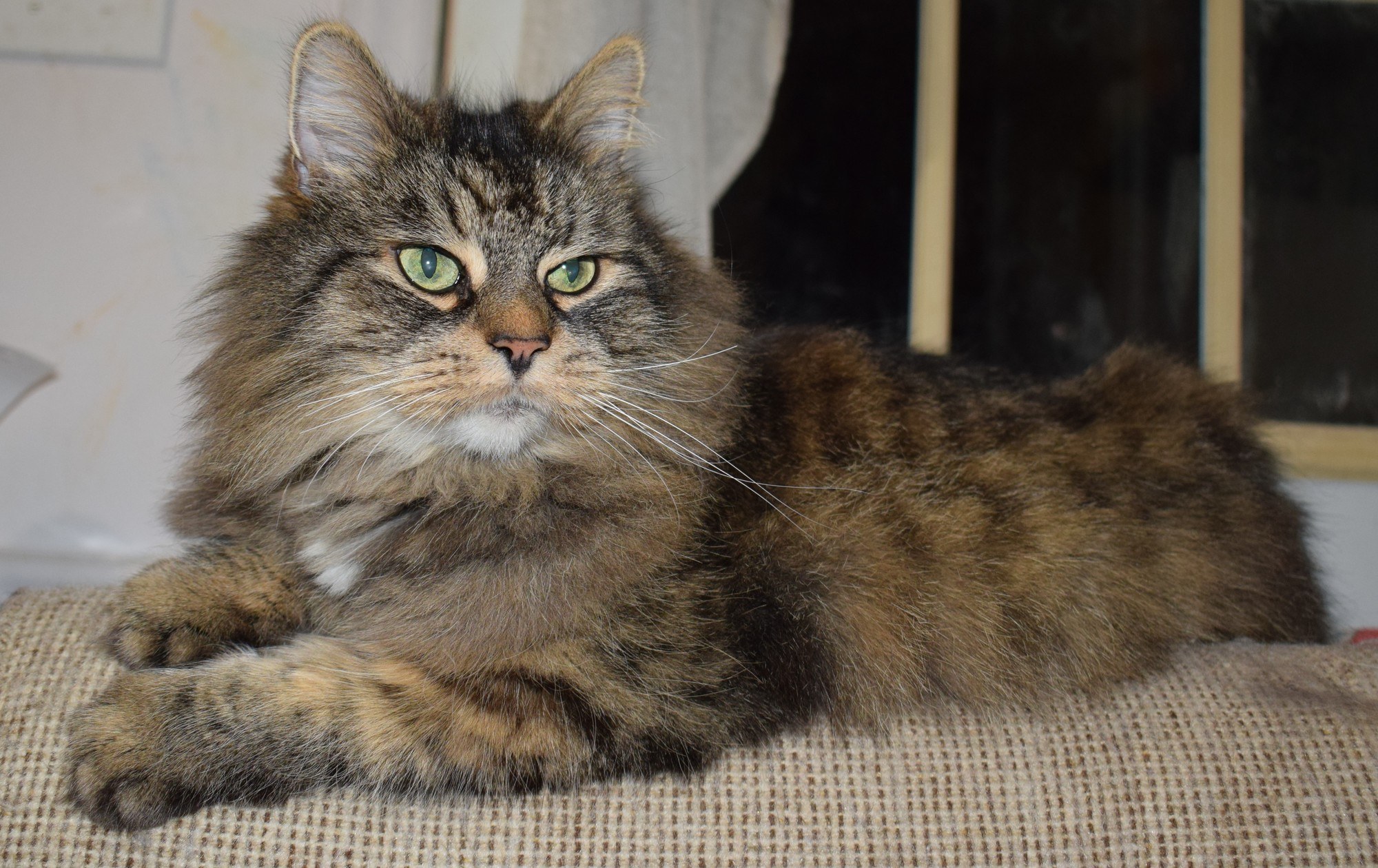
When Kendra brought Priscilla home from the hospital, she couldn’t wait to stare into those big, green eyes again and let Priscilla know how happy she was to have her home. After waiting some time to make sure the treatment had worked and Priscilla was cured of her hyperthyroidism, Kendra reached out to RedRover to share this wonderful update:
“She recently had her 90-day T4 level checkup appointment and things could not have looked any better. The procedure worked – she is free of hyperthyroidism. Priscilla has gained weight and is now 11 pounds. Priscilla has positively reformed and has a bright future ahead of her.”
We are so grateful to share Happy Tails like these with kindhearted people like you! Thank you for inspiring hope for families like Kendra and Priscilla and for bringing this beautiful cat from crisis to care!

